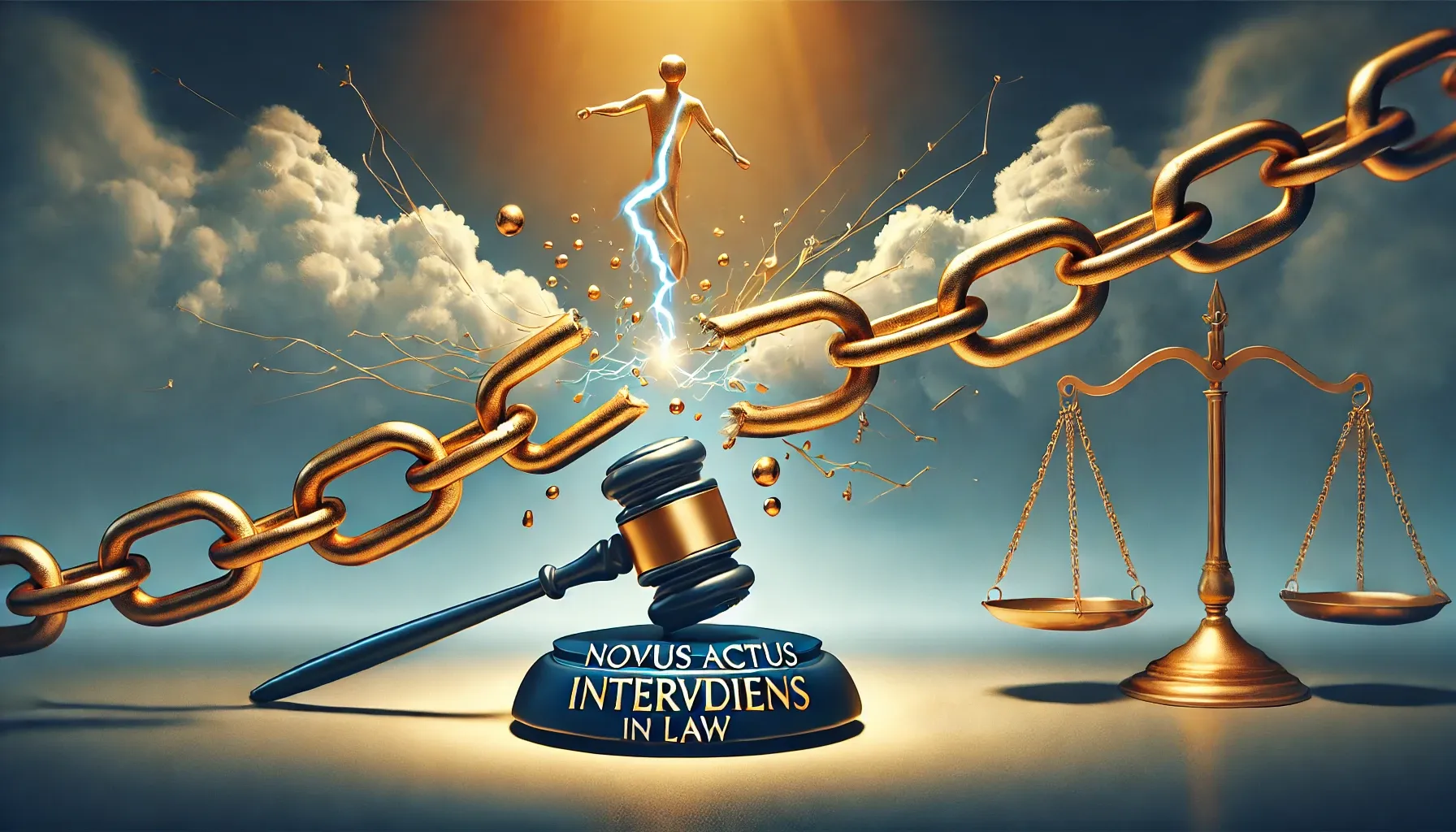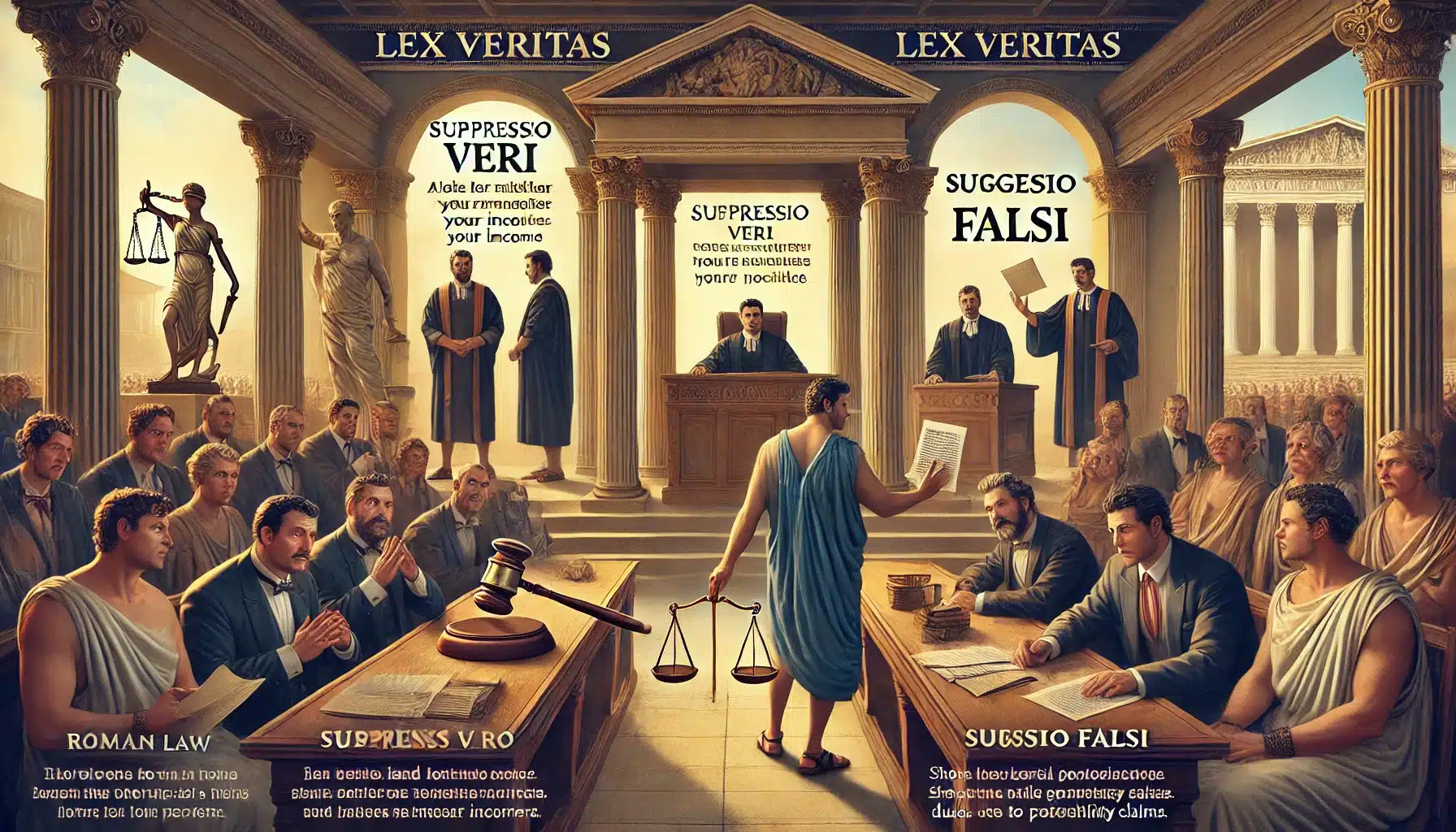‘actio personalis moritur cum persona’ literally means a personal right of action dies with the person.

Definition
This maxim means that any tortious or contractual obligations are destroyed at the death of the injuring person or at the death of the person that has been injured.[1] This principle asserts that in specific civil cases, legal claims are exclusively actionable by a living individual and cannot be pursued by another party after the individual’s death. This circumstance emerged from the initial belief that the main purpose of tort law was punitive rather than compensatory for inflicted harm. This principle, however, does not affect defamation laws as even defaming a dead person is a crime; even though the subject of the offense is dead.
Meaning
‘actio personalis moritur cum persona’ literally means a personal right of action dies with the person.
Applicability
The applicability of this maxim is under the following circumstances:
- It pertains specifically to personal actions, involving claims for monetary compensation. Therefore, legal actions concerning property, estates, or criminal matters may proceed unaffected.
- The cause of action ceases upon the death of either the injured party (plaintiff) or the party causing the injury (defendant). Consequently, if the plaintiff passes away, their estate is unable to pursue the lawsuit further.
- There exist certain exceptions where modern statutes permit the survival of the action after death in specific scenarios, such as defamation cases.
- It underscores that personal injury cases are intrinsically linked to the individuals involved, rather than their property or estates. Consequently, the right to initiate legal proceedings for damages cannot be transferred to heirs.
Exemptions
Some of the exemptions of this maxim are discussed below:
- Defamation – While defamation claims typically require a living plaintiff, legal representatives may maintain a suit if defamatory statements regarding the deceased cast aspersions on the representatives’ own reputations.[2]
- Damages – In a legal malpractice suit, the plaintiff, who had originally filed a claim against their advocate for negligent performance of professional duties, passed away during the pendency of the suit, the plaintiff’s legal representatives filed a petition seeking substitution as parties in order to prosecute the claim for damages and compensation.[3] The Supreme Court clarified lawsuits after death. Mixed claims (contract & tort) see the tort part dismissed, while the contract part continues. Pure contract claims proceed entirely for the deceased’s representatives.[4] In the case of C.P. Kandaswamy and Ors. v. Mariappa Stores and Ors.[5], the petitioner filed an appeal and died soon after filing the appeal. In response, the court rejected the appeal because the issue being contested dealt with a portion of the original claim that legally disappears upon the death of the person who brought it forward. This type of claim is considered personal to the petitioner and does not transfer to their heirs or legal representatives after they die.
- Assault – If a person’s death is caused by the wrongdoing, negligence, or default of another party, the legal representative of the deceased has the right to file a claim on behalf of the deceased’s spouse, husband, or child.[6]
The exemptions are justified on the basis that the maxim is not absolute and is deemed to have limited effect.
Origin
The Maxim “actio personalis moritur cum persona” was first used by the Court of Kings bench in 1523.[7] Though, this maxim was first used in 1523, the maxim was made famous by Sir Edward Coke in the Pinchon case[8].
[1] https://www.oxfordreference.com/display/10.1093/oi/authority.20110803095348580.
[2] AIADMK, Madras v. K. Govindan Kutty (1996 (2) ALD 139).
[3]Order 22 Rule 3(1) of the Civil Procedure Code (CPC).
[4] M. Veerappa v. Evelyn Sequeira 1988 AIR 506.
[5] AIR 1974 MAD 178.
[6] Fatal accidents act, 1855.
[7] Cleymond v. Vincent, M. 12 Hen. 8, 11, pl 3;
[8] Pinchon’s case (1611) 9 Rep. 86.




